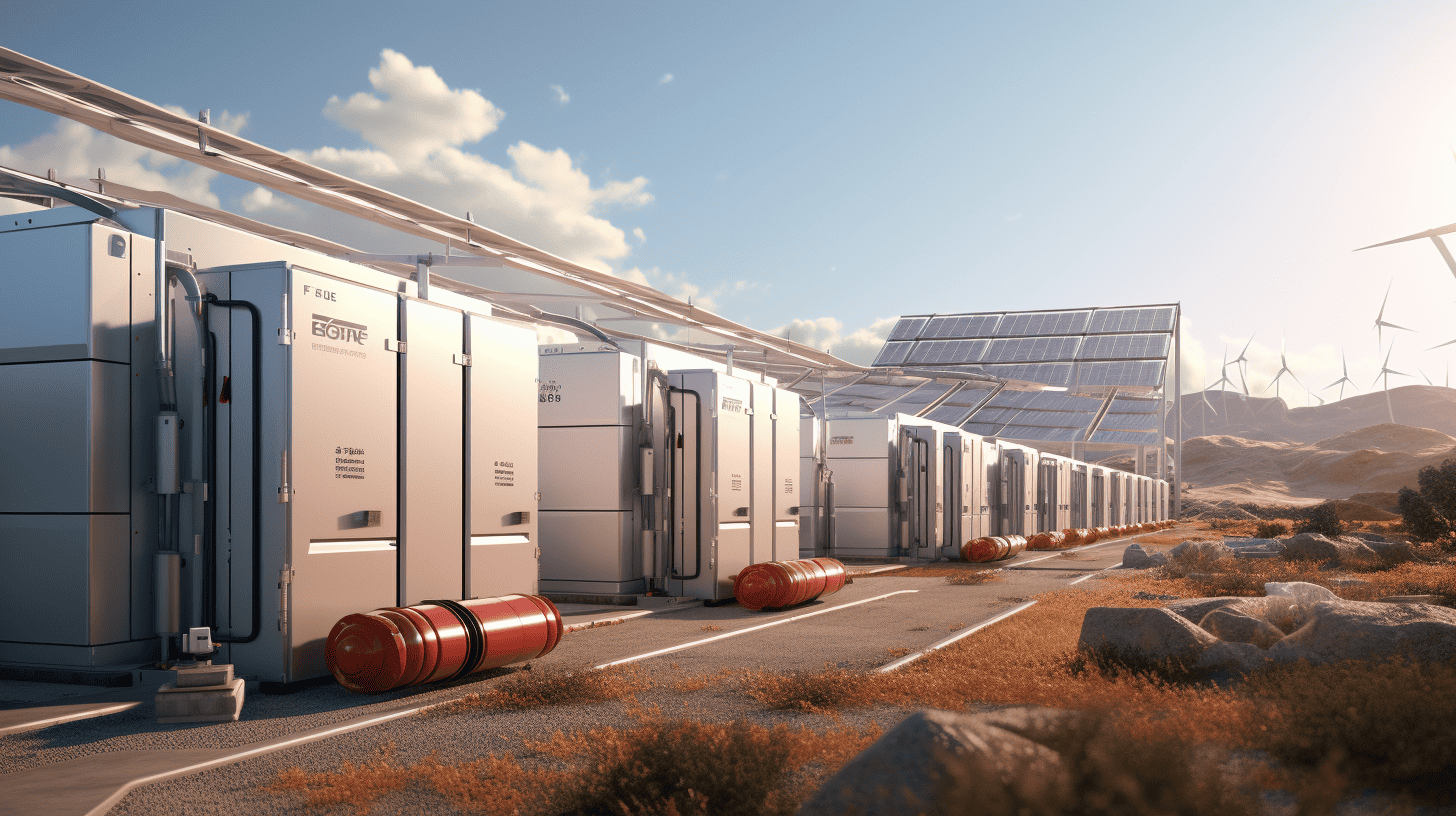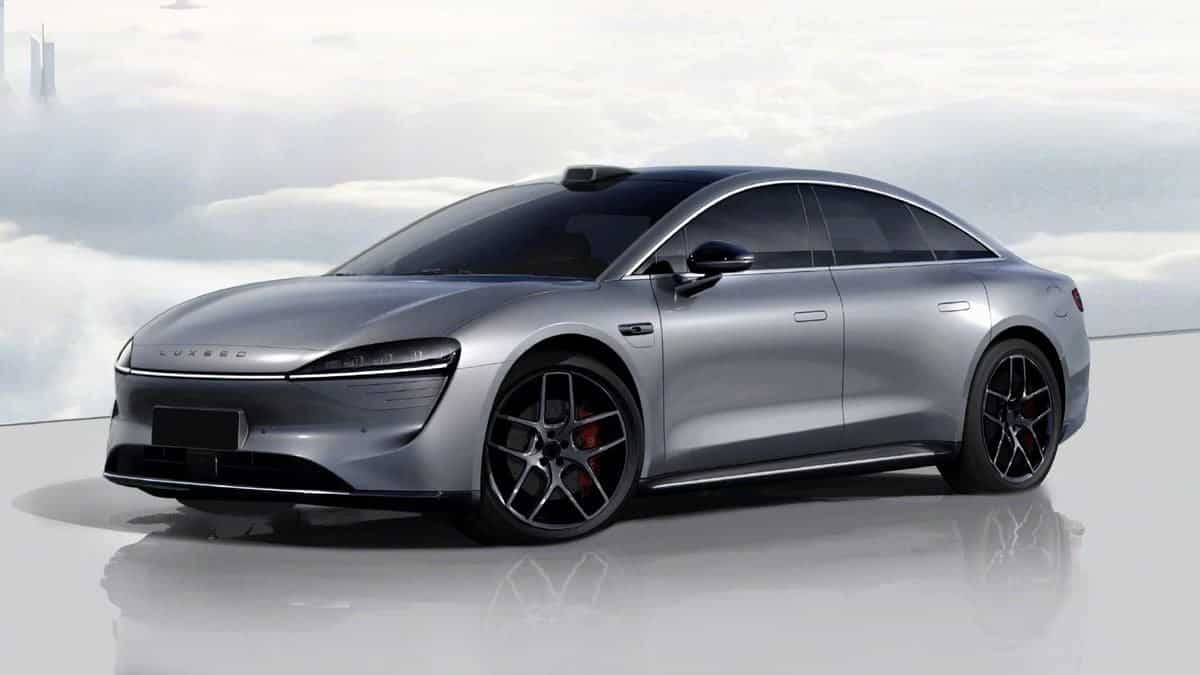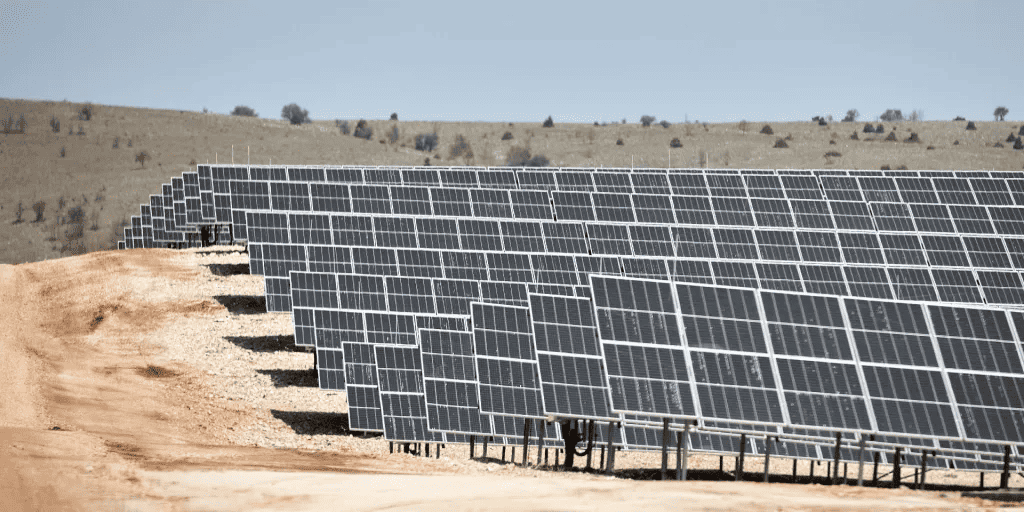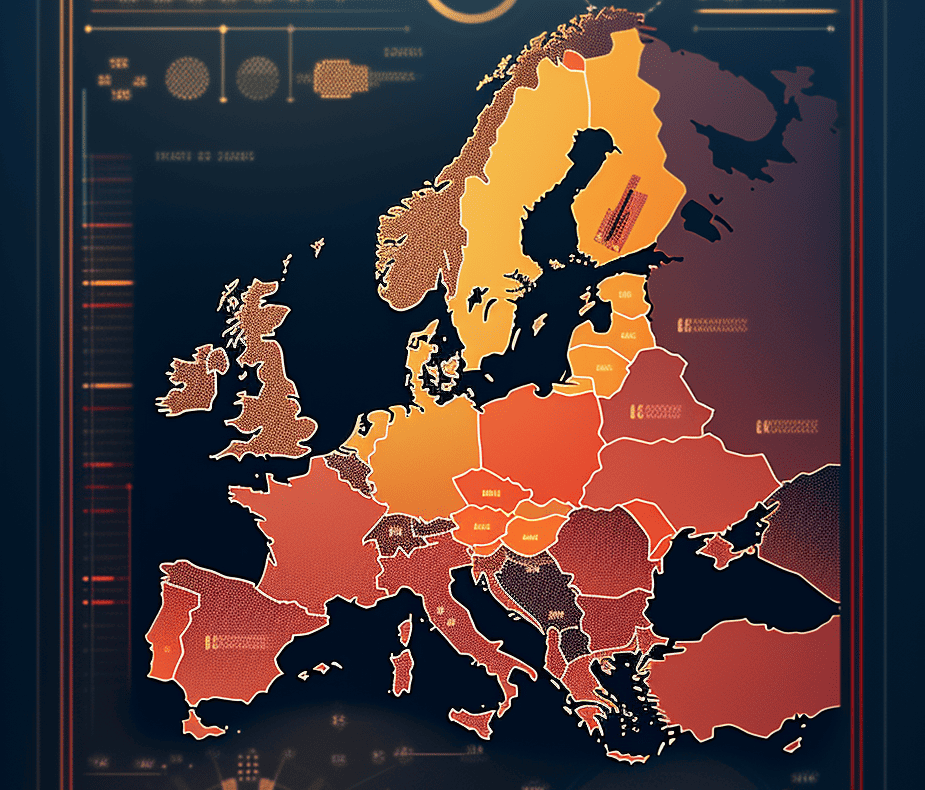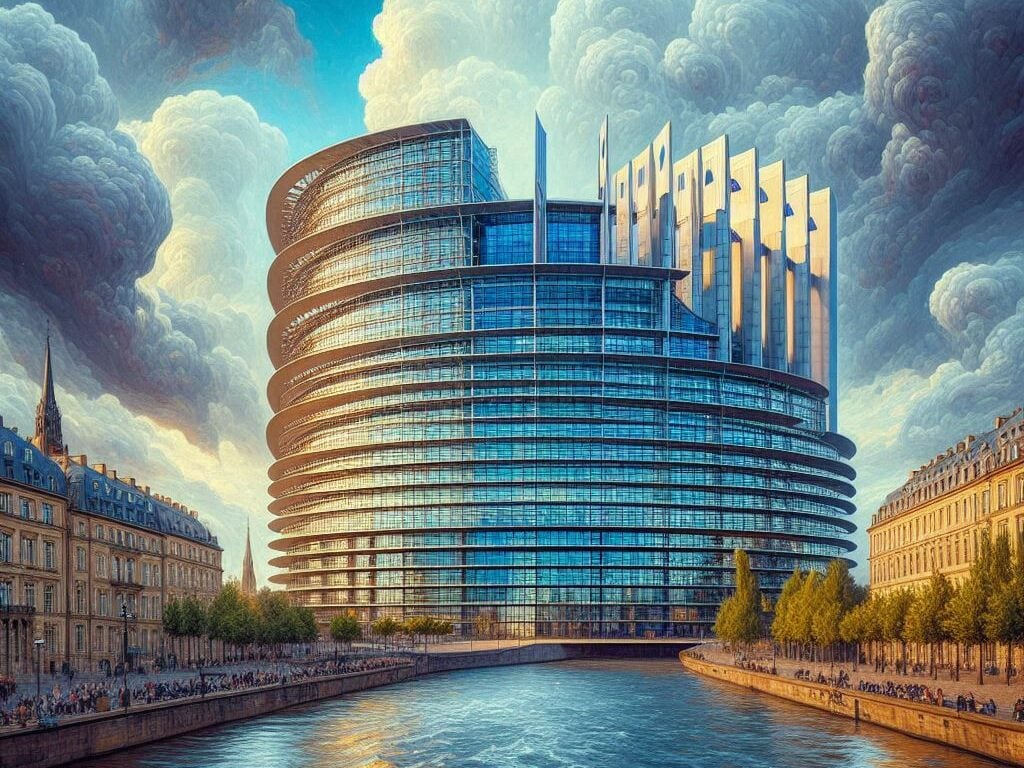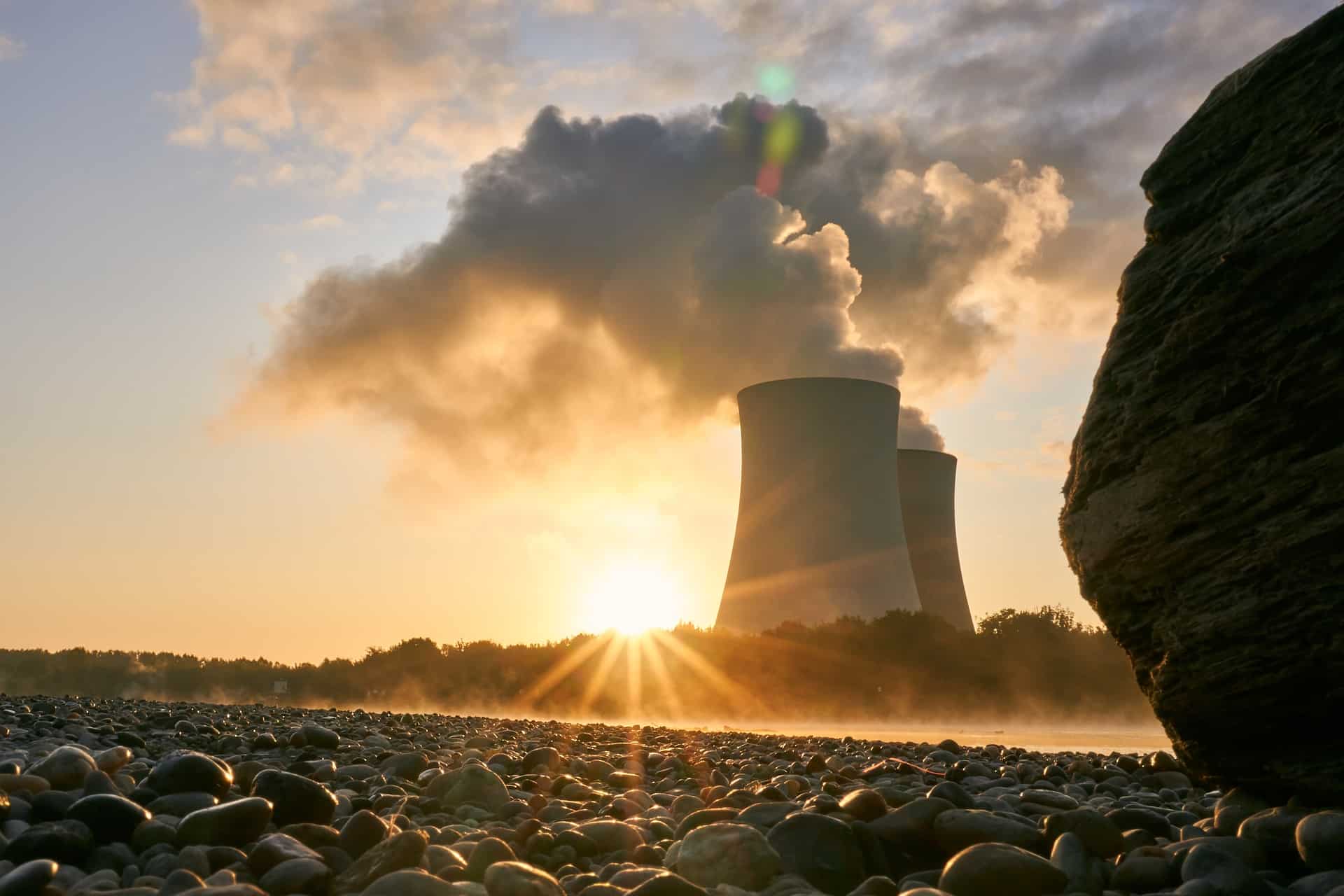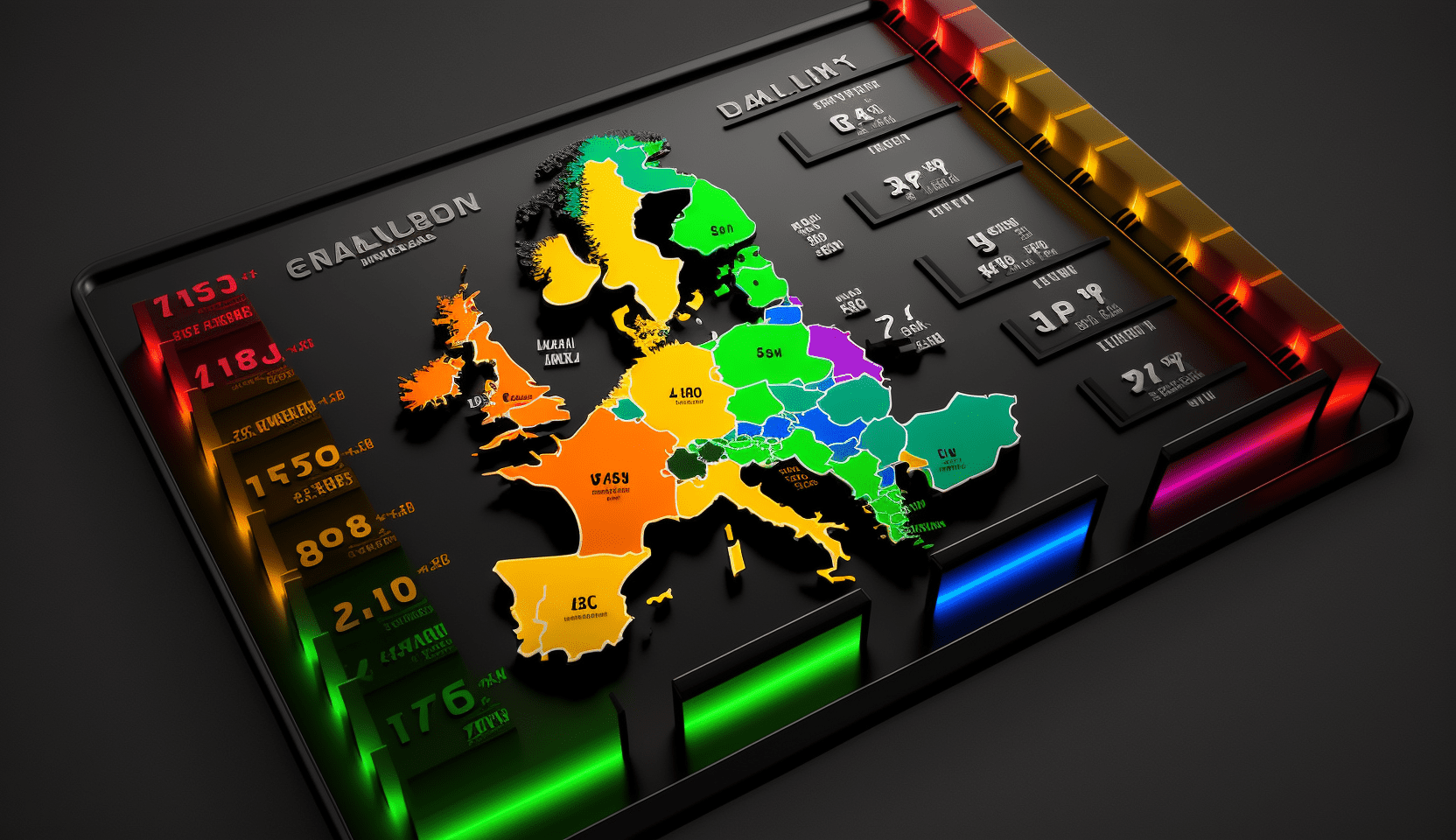
Turning on the electric clothes dryer while the sun is shining outside? We do it almost unconsciously. Like we take the car for a ride that is just as fast by bike. Much of our unsustainable behavior stems from habit or ignorance. A better awareness of what can be done and why it should be done can set things in motion at all levels of our society. Transparent and accurate information about the energy transition is critical to its success; it can promote business competitiveness, enable well-informed decisions for individual citizens, and build confidence in our future.
The energy transition has become an urgent global priority as the consequences of climate change intensify, and the planet’s finite resources dwindle. This shift towards renewable and sustainable energy sources addresses environmental concerns, fosters economic growth, creates jobs, and promotes social equity. Innovation Origins is introducing a new tool – the European Energy Index – to help understand the state of the energy transition across Europe.
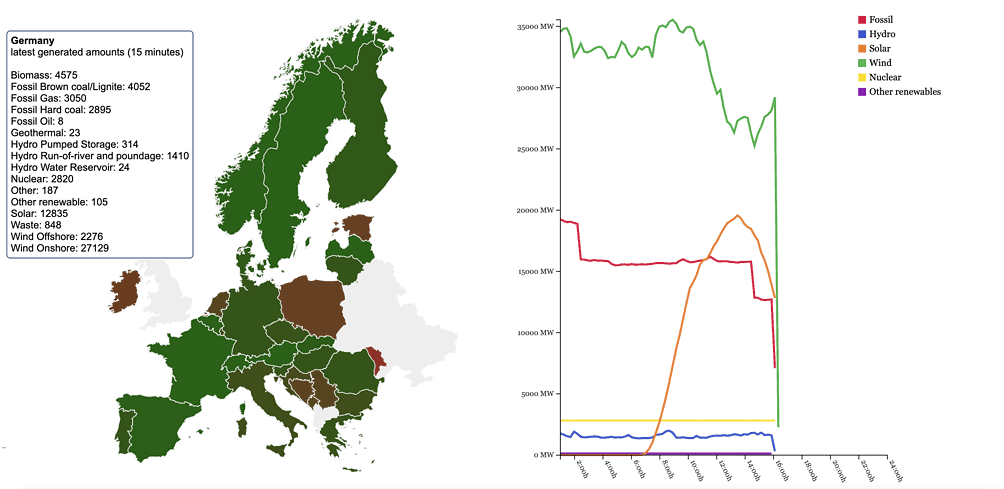
The imperative for an energy transition
The primary driver of the energy transition is the need to combat climate change. Burning fossil fuels releases greenhouse gases, which trap heat in the atmosphere, causing global temperatures to rise. This has led to devastating impacts such as more frequent and severe natural disasters, rising sea levels, and threats to biodiversity. By transitioning to cleaner, renewable energy sources, we can significantly reduce greenhouse gas emissions and mitigate these effects.
Another important factor is the depletion of fossil fuel reserves. As these resources become scarcer, prices are expected to rise, potentially causing economic instability and social unrest. By investing in sustainable energy alternatives, we can avoid dependence on these dwindling resources and create more stable, long-term energy solutions.
Supporting the energy transition
Everybody can play a vital role in driving the energy transition forward. Here are some ways to contribute:
- Reduce energy consumption: By adopting energy-efficient practices, individuals can directly reduce their carbon footprint. This includes using LED bulbs, insulating homes, choosing energy-efficient appliances, and turning off devices when not in use.
- Support renewable energy: Encourage the adoption of renewable energy sources, such as solar or wind power, by installing solar panels, opting for green energy tariffs, or participating in community energy projects.
- Advocate for change: Use your voice to support policies and initiatives that promote clean energy and reduce greenhouse gas emissions. Engage with local and national government representatives, attend community meetings, and sign petitions to show your support for a sustainable energy future.
- Educate and inspire others: Share information about the energy transition and its benefits with friends, family, and colleagues. By increasing awareness, you can motivate others to take action and contribute to the collective effort.
Transparent information
Access to transparent and accurate information is crucial to the success of the energy transition. It allows consumers to make informed choices about the energy they use and the products they buy. This is the main reason for Innovation Origins to build and publish the European Energy Index, a groundbreaking tool designed to provide hourly updates on energy consumption across all 27 European Union (EU) countries. The index offers a transparent view of the energy landscape, clearly outlining the proportion of fossil-based and renewable energy consumption in each member state.
By offering insight into the current state of energy consumption within the EU, the European Energy Index highlights the progress made and the challenges still to be faced. This transparency encourages competition among energy providers, fosters innovation, and serves as a catalyst for change. The index also supports policy development and public engagement, both essential components in driving the energy transition forward.
The main aims of the European Energy Index are:
- Build trust: Open information about energy consumption, production, and emissions can help to build trust among stakeholders, including governments, businesses, and the public.
- Encourage competition: By making energy consumption and production data readily available, companies are encouraged to compete on efficiency, innovation, and sustainability, ultimately driving progress in the energy transition.
- Enable informed decision-making: When consumers have access to transparent information about their energy use, they are more likely to make changes that support the transition to cleaner energy sources.
The energy transition is a vital and complex process that requires concerted efforts from governments, businesses, and individuals alike. By understanding the necessity of this shift, taking action in our daily lives, and advocating for transparent information, we can create a sustainable future that benefits both people and the planet. Hopefully, our EEI can help reach that goal.



